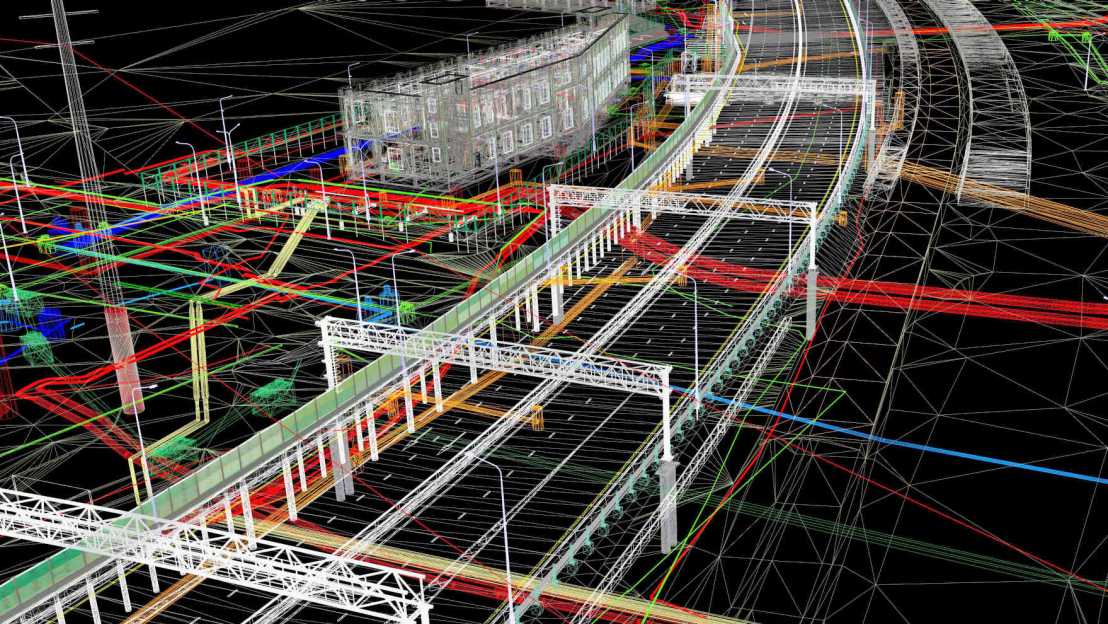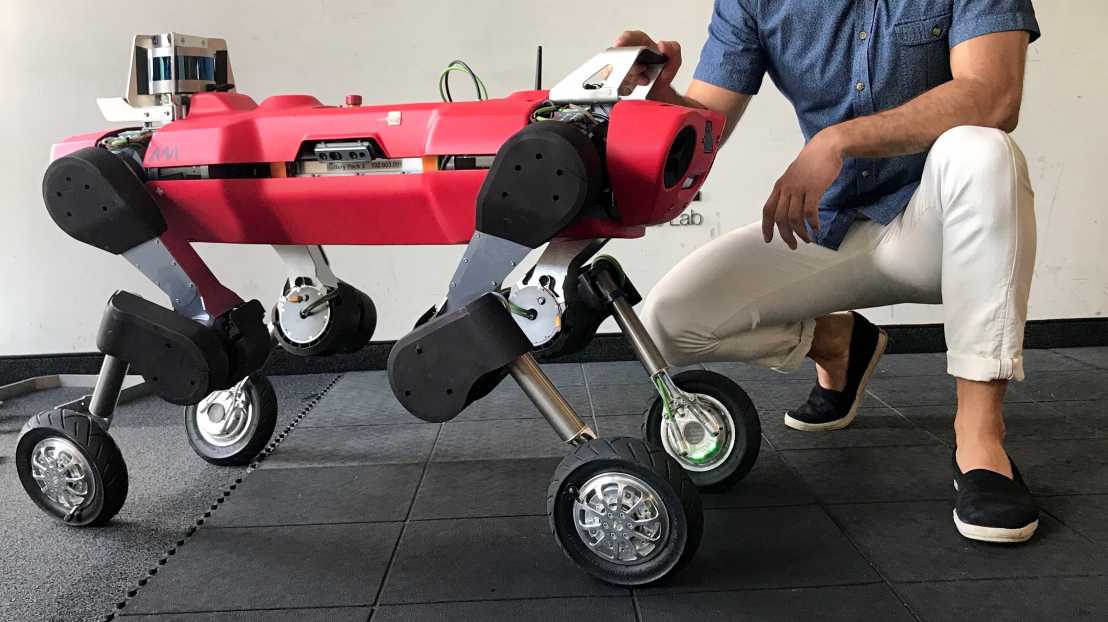The Future Mobility program is a long-term research program focusing on solutions that address decarbonization, digitalization, and infrastructure development in the coming decades. Projects approved under this framework provide a unique opportunity for close collaboration with the Mobility Initiative industry partners which are AMAG, SBB, and Siemens. The following projects were approved and will be starting soon.
Socio-technical interaction in high-risk environments

Machine-learning based systems should be made ready for collaboration and accountability. The project addresses the challenge of designing explainable AI within an overarching design framework for socio-technical integration based on the concept of networks of accountability. This approach outlines the interdependencies created between technology developers, organizational and individual users, and regulators in automated-supported decision-making. The project will be carried out with SBB and Siemens as partners, focusing on solutions for application domains in traffic control and operations, inspections, and predictive maintenance. Read more about the project called Designing explainable ML-based systems for collaborative work in the railways.
Smart logistics on wheels and legs

A wheel-legged robot being developed by the Robotic systems Lab at ETH Zurich has the potential to outperform traditional delivery because it can carry a payload of up to 70 kg over long distances efficiently and fast while overcoming challenging obstacles. This project aims at expanding the localization and trajectory planning capabilities of the robot as well as providing opportunities for testing and evaluating the robot’s performance in a real application. Detailed informatione can be found on the project page of Multimodal robotic last mile.
Digitally supported maintenance

Rolling stock is crucial for on-time rail service. With secure and punctual maintenance processes this quality aspect can be achieved and improved, thanks to the application of digital twins in combination with extended reality. Optimized and rationalized maintenance processes will be beneficial to the appropriate industry partners, mainly for SBB. Details on the project Optimization of maintenance processes with extended reality are available in the Mobility Initiative projects overview. Details on the project Optimization of maintenance processes with extended reality are available in the Mobility Initiave projects overview.
Automatic detection of de-energized overhead lines

A new automated system should detect changes in the electric field around the overhead lines in front of a locomotive during operation. If the system detects non-electrified track sections, it will lower the pantograph automatically. This, eventually, decreases damage which is normally caused by faulty operation of the pantograph. A sensor system enabling this technology is missing and will be addressed in this project. More detailed information can be found on the project overview of Forward-looking automatic detection of de-energized overhead lines.
Safekeeping SBB rail services, in winter-gaps too

The “winter gap” is the anticipated lower availability of energy in Switzerland during winter in future energy systems dominated by renewable sources and it represents a risk for the reliable operation of trains. In this project different options to optimize the electricity consumption of SBB will be investigated in a “sector coupled” approach that consider the synergies among possible energy carriers (electricity, hydrogen, synthetic fuels) and the competing energy demand sectors (e.g., electricity demand of SBB and heat demand of a city). Read more about the project called Reliable and economic integration of the Swiss federal railway to the energy strategy.
Strategic interactions of mobility offers in different regions

This project aims to investigate how mobility services could be combined and integrated flawlessly in different regions. The project will provide theoretical and algorithmic tools to solve the presented problems. The methods will be implemented by extending existing simulation tools, and real-world case studies will be targeted to evaluate future Swiss scenarios, designed by experts. Ideally, a better understanding of how to optimize different and overlapping mobility services could be achieved by this project. Read on: Systemic view on the strategic interactions of future mobility offers.